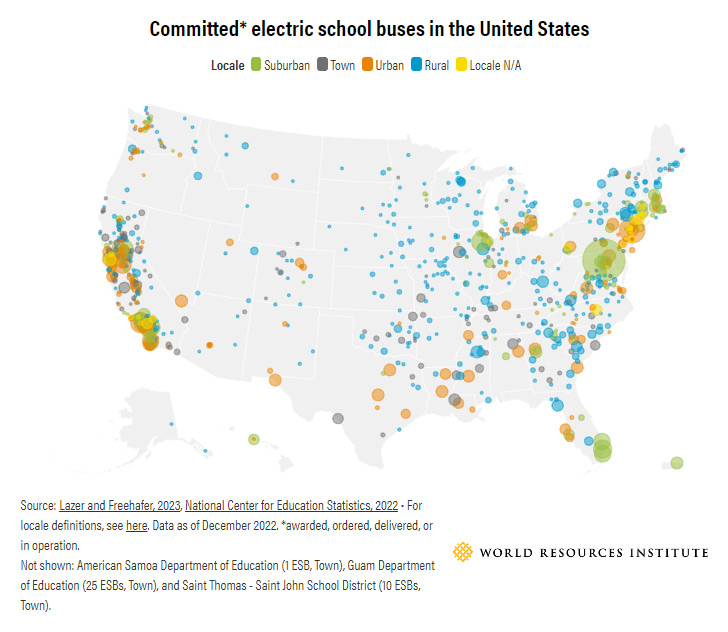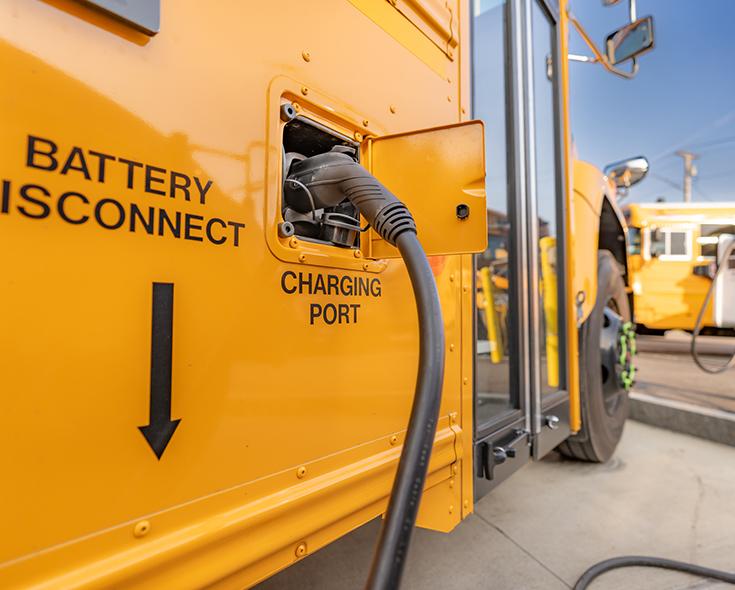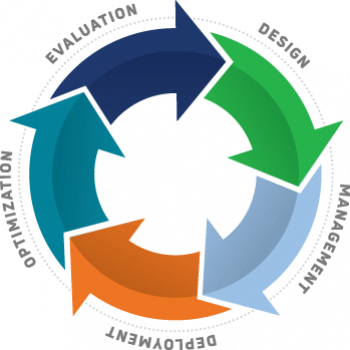What is the Clean School Bus Program?
The United States Environmental Protection Agency (EPA) is incentivizing school districts nationwide to replace existing bus fleets with zero-emission and low-carbon models. The agency has approximately $5 billion available from 2022 to 2026 as part of the Bipartisan Infrastructure Law.
What’s the Current State of School Buses in the United States?
There are roughly 500,000 school buses in transit in the United States running on diesel fuel. Bus riders are exposed to diesel exhaust pollution, which contributes to rising numbers of children with asthma and other respiratory diseases, according to the World Resources Institute (WRI).
Approximately 60% of children from lower-income families ride the bus daily compared to 45% of pupils in higher-income districts, increasing their risk of harmful exposure. Particles from diesel engines, including nitrogen oxides, also negatively impact children’s brain development and their overall health, according to the Natural Resources Defense Council.
Why the Shift to Electric School Buses?
Transitioning from diesel to electric school buses decreases the number of harmful pollutants released into the environment, reducing the health risks associated with polluted air. Studies also show a 70 percent reduction in greenhouse gas emissions by switching to electric buses, according to govtech.com.
Since the Clean School Bus Program began in 2022, 5,600 electric school buses have been added to circulation across the country, according to the WRI. The trend is expected to continue as all 50 states have electric bus commitments. New York even set an aggressive timeline to require all future school buses purchased after 2027 to run on electricity and replace all 50,000 diesel-fueled buses in New York to electric by 2035, according to the WRI article.

What’s Needed for the Transition to Electric School Buses?
Level 2 EV charging stations with DC fast chargers will be required at school bus stations to charge electric buses. This will add power load to an already congested grid. Utilities and power providers will need to assess the current capacity and invest in power generation sources, like solar, wind, and battery energy storage, to support a more stable power supply. Distribution systems may also require upgrades. Funding streams like the New York Clean Energy Fund, Reforming Energy Vision (REV), and Utility Energy Efficiency Programs are in place to fund projects supporting electrification and clean transportation.
With the modernization of the grid, Battery Energy Storage Systems will play a critical role in stabilizing power quality by adding a buffer during high peak times. BESS systems store excess energy from the grid to be discharged during high demand. The systems can coordinate charging times based on bus schedules and grid conditions. Energy Management Systems can further support schools and bus fleets by optimizing their charging schedules to minimize costs and grid impacts.
Stored energy can then be added back to the grid during idle times like evenings, weekends, and over-school breaks. According to Thomas Built Buses, utility companies nationwide are looking to pay districts for the stored energy transferred back to the grid. This is estimated to add $6,000 in revenue annually for the district, depending on utility rates.
Which Battery Energy Storage Solutions Can Efficiently Power Electric School Buses?
Stark Tech’s Microgrid on a Skid (MGS) is a pre-engineered microgrid solution designed to seamlessly solve challenges like adding EV charging to school districts. Key features of the application include accelerated speed to implementation, economic dispatch, configuration, and scalability to support charging requirements.
The technology integrates a microgrid inverter that doesn’t require a transformer. The system is air-cooled, compact, and designed specifically for behind-the-meter applications. The system monitors grid stability to automatically transition to stand-alone mode when a grid disturbance is detected and can be used for black start, dynamic power transfer from utility to stored energy, and vice versa.
About Stark Tech
Stark Tech is an energy solutions provider, specializing in cutting-edge microgrid solutions and battery energy storage applications. Stark Tech provides cost-effective utility-grade battery energy storage systems and engineering support to utility-scale and commercial and industrial applications. With customizable designs for each customer, Stark Tech’s storage solutions seamlessly integrate with existing power systems, enabling customers to enhance their energy management strategies without disrupting operations.




